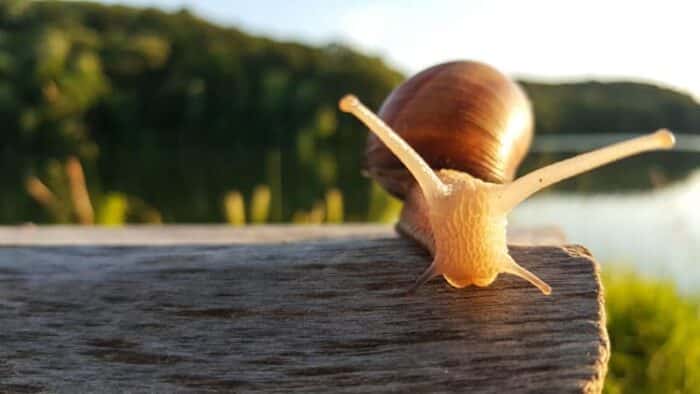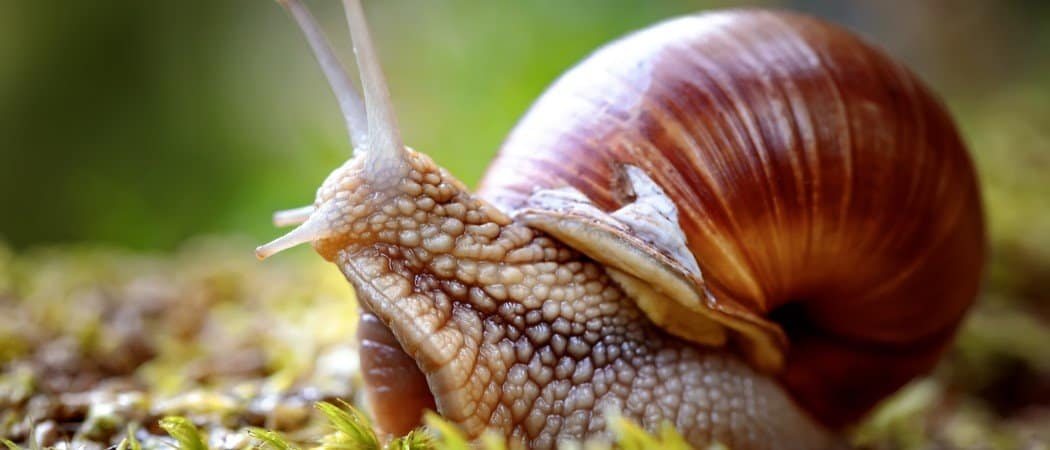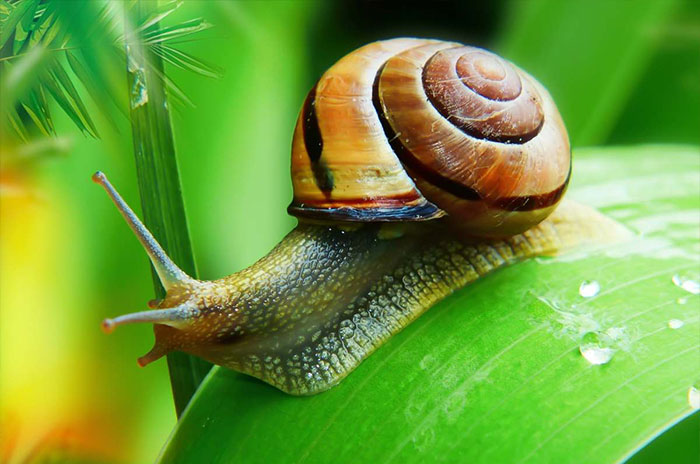
Here’s to introducing one of the most popular members of the Phylum Mollusca — Snails.
Despite their reputation for being slimy, slow, and easily succumbing to table salt, snails can be interesting creatures with enviable nap time regiments.
So, how long do snails sleep? Find out in this article!
How long do snails sleep?
When you first thought of how long do snails sleep, chances are you compare it against a daily 24-hour cycle. But, gastropods, snails specifically, do not adhere to such schedules as they sleep at on and off intervals for several hours at a time and go on a wake session marathon that typically lasts 30 hours.
Additionally, it is also typical of gastropods to hibernate. The determination of how long each hibernation period lasts will get revealed later on.
Why do snails sleep so long?
Notably, snails need moisture to survive. By sleeping, snails can retain moisture and avoid excessively hot or dry climates. If the weather is unaccommodating, snails can sleep for three years straight. Depending on the geography, snails can turn to hibernation in the winter or estivation, called “summer sleep,” to avoid dry climates. During dry seasons, snails secrete mucus all over their bodies for protection.
However, this is not always the case. When the weather is ample, snails also tend to keep a regular sleeping pattern.
Does a snail have a different sleep schedule from humans?

As established, snails adhere to no rules of day and night. In general, snails go on fluctuating on and off sleep in between 13 to 15-hour periods. Then, they experience a sudden rush of energy and go on for the most peaceful and slimy rampage for the next 30 hours.
How can you tell if a snail is asleep?
Determining whether or not a snail is asleep can be difficult. Unlike most other animals, snails do not possess apparent signs of sleeping which does not tell if they are asleep or not any easier. But, fret not as there are other ways to identify a sleeping snail, such as:
- Their shell may slightly hang away from their body;
- Their foot is relaxed; or
- Their tentacles appear a little withdrawn.
The next time you see an immobile snail, do not jump to conclusions just yet. It might just be resting from hours of doing snail chores.
Snail sleeping habits
As you may have noticed, snails just magically appear after rain or on dewy cool mornings and magically disappear a few hours later. This magic act is because snails depend on moist environments to survive. Otherwise, they just schedule their sleep on unideal weather conditions.
Hibernations & estivation
Snails in cold geographies hibernate for up to three years, especially during winter. As a survival instinct, snails hibernate when the conditions are unfavorable and only wake when conditions are relatively better.
To keep moisture locked in during sleep or hibernation, especially during dry seasons, snails adhere to estivation. In this process, snails curl up in their shells and secrete mucus to keep them safe from extreme external conditions.
Other fun facts about snails

You have already come this far; why end on the sleeping patterns of snails? The following are other fun facts about snails:
Snails do not copulate
Snails are hermaphrodites, containing both male and female 𝑠e𝑥 organs, giving them the ability to reproduce independently. However, the statement “snails do not copulate” is not entirely true as they still need help to fertilize their eggs.
Now that doing the deed is a must, the problem then arises to deciding which snail si to give off and receive semen. Generally, the giver of semen gets endowed to the healthier snail. However, as humans incapable of communicating with snails, no one can know for sure how these things are negotiated and decided.
Another fun fact is the mating rituals of snails last from one to three hours to make up for this rather anticlimactic ending to this heading.
They can’t hear

This fact may be one of the saddest news those with pet snails will ever hear. They cannot hear you. However, they can see you. It may be time to adjust your love language from words of affirmation to other visible forms, buddy.
They don’t like the sun
By now, it may come as no surprise that snails do not like the sun. As heat and drought are detrimental to their survival, of course, they do not like the sun.
Unbelievable sizes

Snails come in various sizes! Although those found in your garden are typically an inch or less in diameter, some species, such as the Syrinx aruanus, can grow 30 inches in diameter. In contrast, others cannot even get seen by the naked eye and are microscopic.
Unfortunately, pouring salt on snails dries them out and facilitates a quick and painful death. As many kids find joy in doing this, this cycle must stop. Protect these harmless, innocent animals from an untimely, cruel death.
Salt can kill them
Unfortunately, pouring salt on snails dries them out and facilitates a quick and painful death. As many kids find joy in doing this, this cycle must stop. Protect these harmless, innocent animals from an untimely, cruel death.
They love to eat plants
These gentle creatures are no angels to gardens and plants. Snails are known to consume about 500 types of plants in existence. Additionally, snails also consume about any algae that come their way.
They are strong
Although seemingly meek and soft, these gentle creatures are not-so-gentle as they give due to weight on the term “bearing down.” Despite their weakly facade, snails are amazingly strong and can lift ten times their weight.
These gentle creatures are no angels to gardens and plants. Snails are known to consume about 500 types of plants in existence. Additionally, snails also consume about any algae that come their way.
They have a great family
Snails are part of the Molluscan family, an ancestry branching out to approximately about 200,000 species. Gastropods, a more general term encompassing snails and slugs, can live both on land and sea.
Grown with shells
Snails get brought into the world with shells. As babies, snails bear thin and translucent shells. One of a snail’s most important organs and are intrinsic for survival is the snail’s shell. As they grow, the shell begins to harden and provide shelter to snails amidst the most unfavorable circumstances.
More than knowing how long snails sleep, by now, you must realize that snails are lifeforms, and thus, must be respected as such. Although made fun of for their sluggishness or treated as pests among agricultural lands, snails are part of a more extensive ecosystem and must get respected as such.